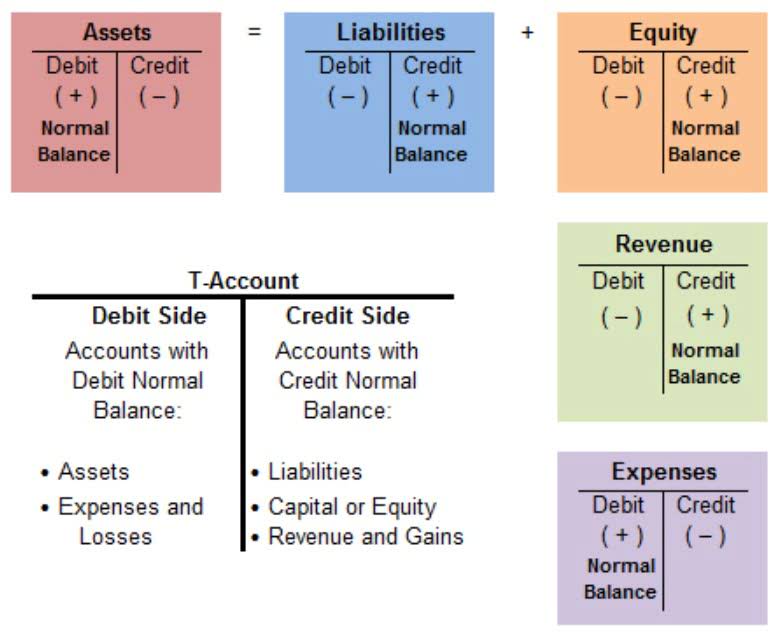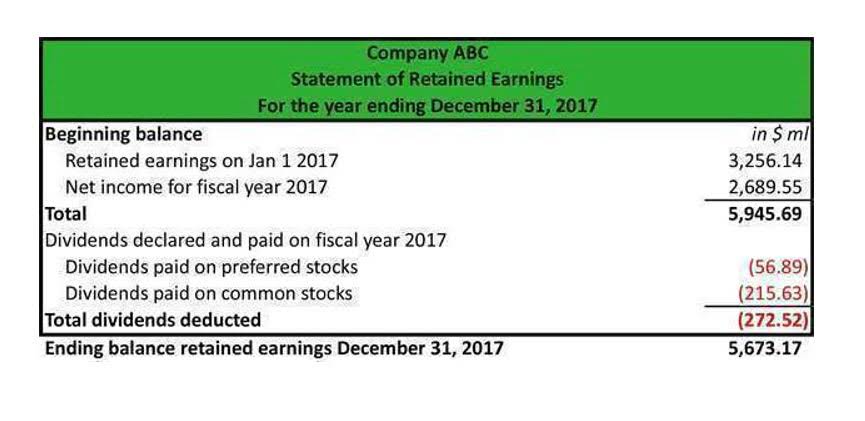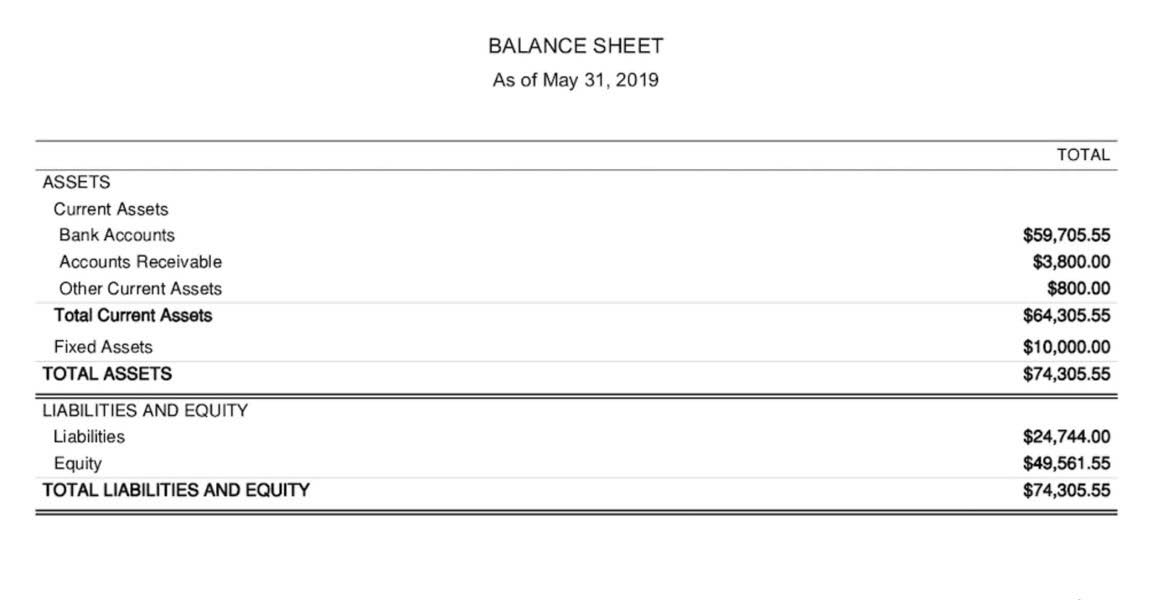
More discussion on variable lease payments can be found in lessee accounting. The lessor recognises finance income over the lease term using the effective interest rate (IFRS 16.75). The underlying asset is derecognised and any resulting difference is immediately recognised in P/L as a gain or loss on the disposal of an asset. However, manufacturer and dealer lessors recognise https://www.bookstime.com/articles/sales-journal revenue and costs of goods sold.
Accounting summary for manufacturer or dealer lessors
This is accomplished by the lessee and the lessor recognizing the present value of the expected remaining lease payments or receipts, respectively, offset by the corresponding ROU asset and deferred inflow of resources. When the lease agreement accounting for lease termination lessor is classified as a finance lease, the lessor will calculate the net investment in the lease using the present value of future expected lease receipts and record this amount as a receivable. Lessors are also required to derecognize the carrying value of the underlying asset. Any difference between the net investment in the lease and the carrying value of the underlying asset is recognized as a gain or loss on the income statement. The main driver between operating and finance leases for lessors under IFRS 16 is transfer of ownership.

Lease modifications – definition and accounting
The lessee is required to perform a present value calculation of future expected lease payments to establish the lease liability and the related ROU asset. Accounting for leases classified as operating leases is affected the most, as leases classified as capital leases were already recognized on the balance sheet under ASC 840. ASC 842 is effective for nonpublic entities for fiscal years beginning after December 15, 2021, and December 15, 2019, for publicly-traded companies. Present value is the calculation of what a future sum of money or stream of cash flows is worth today given a specified rate of return over a specified period. The calculation is performed using the term and payments specified in the lease and a rate of return that is specific to either the lease or the organization. The present value of the lease payments is used to establish both a lease liability and a right-of-use asset.
Lease Accounting Explained: New Standards, Lessee vs. Lessor, Changes, Calculations, & More

Sales-type lease accounting occurs when the lease arrangement effectively transfers control of the underlying asset from the lessor to the lessee, which is considered akin to a sale. Under ASC 842, a lease is classified as a sales-type lease if it meets any of the above criteria. Variable lease payments that aren’t included in the measurement of the net investment in the lease are recognised in P/L as they are earned.
Processes and controls for lease modifications
- Your solution’s out-of-the-box forecasting reports should be able to help determine the impact your lease portfolio has on important reporting metrics, such as earnings per share and EBITDA.
- The lease commences on January1, 2020, for a 5-year term, with Curve paying in advance $10,000 per annum.
- The lessor often stipulates within the agreement that the lessee must pay a penalty upon execution of the termination.
- We will address the accounting for a partial termination, and the differences between the treatment within the respective standards, below.
- Companies have been busy implementing the new leases standard (IFRS 16), with a particular focus on transition and the Day 1 accounting.
If a lease modification creates a separate lease, the lessee makes no adjustments to the original lease and accounts for the separate lease the same as any new lease. A modification that only increases the lease term on the existing underlying asset(s) does not meet the first condition because it does not grant the lessee the right to use one or more additional underlying assets. Any reduction in this value reduces interest income recognised over the remaining lease term and is immediately recognised as an adjustment to the net investment value with a corresponding one-off impact in P/L (IFRS 16.77).


After the financial scandals of the early 2000s, regulators and legislators issued numerous regulations and laws to reduce corporate fraud; however, https://www.instagram.com/bookstime_inc lease obligations remained opaque. During The Great Recession of 2008, several firms with major leasing liabilities went bankrupt, despite a balance sheet that appeared clean. With operating lease liabilities not recognized on the balance sheet, investors did not have a full picture of a company’s obligations. The impetus behind the standard changes was to enhance transparency into financial obligations. Each of the standards requires entities to bring most leases onto the balance sheet. Lessors under GASB 87 record a lease receivable and a deferred inflow of resources at the commencement of the lease term.
- From the perspective of a lessee, the accounting for the early termination of an operating lease is consistent with that of a finance lease.
- Like IFRS 16, GASB 87 also uses a single model approach, in which all leases are classified as finance leases.
- Any difference between the reduction in the lease liability and the proportionate reduction in the right-of-use asset shall be recognized as a gain or a loss at the effective date of the modification.
- Following this, the lessor recognises interest income on this receivable, with the lease payments made by the lessee reducing the outstanding balance.
- For example, if an organization owns a building and leases the right to use the building or space within the building, the owner of the building is the lessor, also commonly referred to as the landlord.
- These processes and controls will likely need to involve individuals from different functions within the organization, such as accounting, legal, procurement and sales.
- Conceptually, the lessee is paying the lessor for the “right to use” the asset.
- PwC refers to the US member firm or one of its subsidiaries or affiliates, and may sometimes refer to the PwC network.
- With operating lease liabilities not recognized on the balance sheet, investors did not have a full picture of a company’s obligations.
- Under GASB 87, as of the purchase date, the lessee would reclassify the intangible right-of-use asset to a fixed asset.
- This meant calendar year-end companies adopted the standard on January 1, 2019.
When a lease has been terminated in its entirety, the lessee should no longer recognize a right of use asset and a lease liability. To address the complexity of the new standards, companies must look to software built specifically for lease accounting. The software should address the accounting, reporting, and document management needs your company, auditors, and regulators require. Lessees and lessors have the option to elect a package of practical expedients to aid in the adoption of the new standard, in which the lessor is not required to reassess lease classification. Therefore, we expect many lessors to elect this expedient and retain previously established lease classifications when transitioning from ASC 840 to ASC 842.
